Hello, friends of the Digilent blog!
Many of you have likely done some soldering before, but if you are like me, you may not be familiar with all the different soldering iron tips that are out there. I know that I used to be under the impression that there were only two types of soldering iron tips and only one useful type–the one currently on the soldering iron.
However, I recently got a set of 10 soldering iron tips from The DIY Outlet, featuring five different types of 900M tips, forcing me to revise my opinion on soldering iron tips.
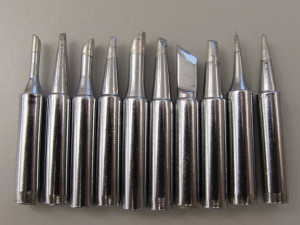
While I admittedly still only use two types of tips, I am much more familiar and confident that I can use any type of tip.
Many of these tips are quite versatile in their application, like the general purpose B and my personal favorite, the D series soldering iron tips. The difference between these two is that the D series with its chisel-shaped head has a larger surface area so more heat is able to be transferred, arguably making most soldering applications easier.
For more detailed work, you can use the needle-point I series tip. The drawback with this one is because it has smaller surface area, it’s hard to get enough heat transfer to do relatively larger soldering applications.
The C series tips are ideal for evenly spreading small amounts of solder over closely packed soldering points, such as the pins on a surface mount IC. These C series are not quite the same as “hoof” soldering iron tips (the CM series) because they do not have a concave impression on the surface to easily distribute or remove excess solder.
The knife shaped K series tip, although it’s one of the most bizarre looking soldering tips, is actually one of the most applicable. It’s slanted knife edge allows for point soldering on the tip, as well as soldering larger components with it’s large surface area. You could also use it for drag soldering or removing excess solder and fixing solder bridges; even the ones across super small pitches.
There are many other types of soldering iron tips out there which I did not cover, but no matter the soldering job, there is a tip out there to do the job.


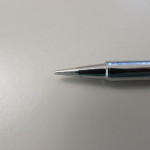
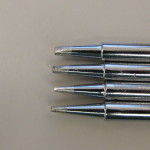
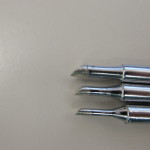


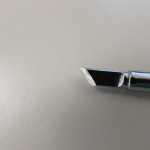
Thanks for sharing these soldering tips with us.
Can I use a brass soldering tip for soldering wires and electronics?